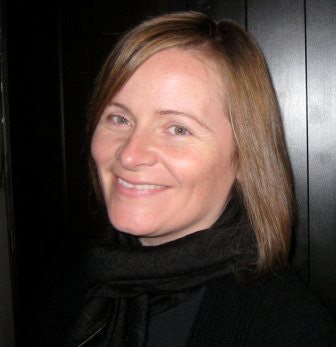 Danni Redding Lapuz, project director of the STEM Center at Cañada College, said the center was created to eliminate redundancies in programs and make them more accessible to students.
Danni Redding Lapuz, project director of the STEM Center at Cañada College, said the center was created to eliminate redundancies in programs and make them more accessible to students.
That’s how the STEM Center was created.
“We decided to design a structure on our campus that would be an umbrella for all the different programs and funding sources that come and go that create longevity in support services,” says Danni Redding Lapuz, project director of the now two-year-old STEM Center.
In 2011, the college created the STEM Center, an all-encompassing center that consolidated various programs and STEM-related offerings under one roof. The college was awarded a $6 million grant from the Department of Education simultaneously in 2011 for the one-stop-shop, further bolstering resources at the center.
At the center, faculty can learn how to get funding for projects or organize field trips or events, and students receive STEM-related counseling and support services. The school’s MESA program, intensive Math and Physics Jam programs, tutoring, scholarship offerings, the Summer Engineering Institute and other programs were also moved under the resource center, which, ultimately, has made things run more efficiently for the college.
“We wanted to get rid of redundancies,” says Redding Lapuz. “We wanted to make it very accessible for students. We were able to look at all of our services in one big picture and say, ‘Where are the holes?’
“Our model was to really utilize all the resources and space we have here and maximize it,” she adds.




















